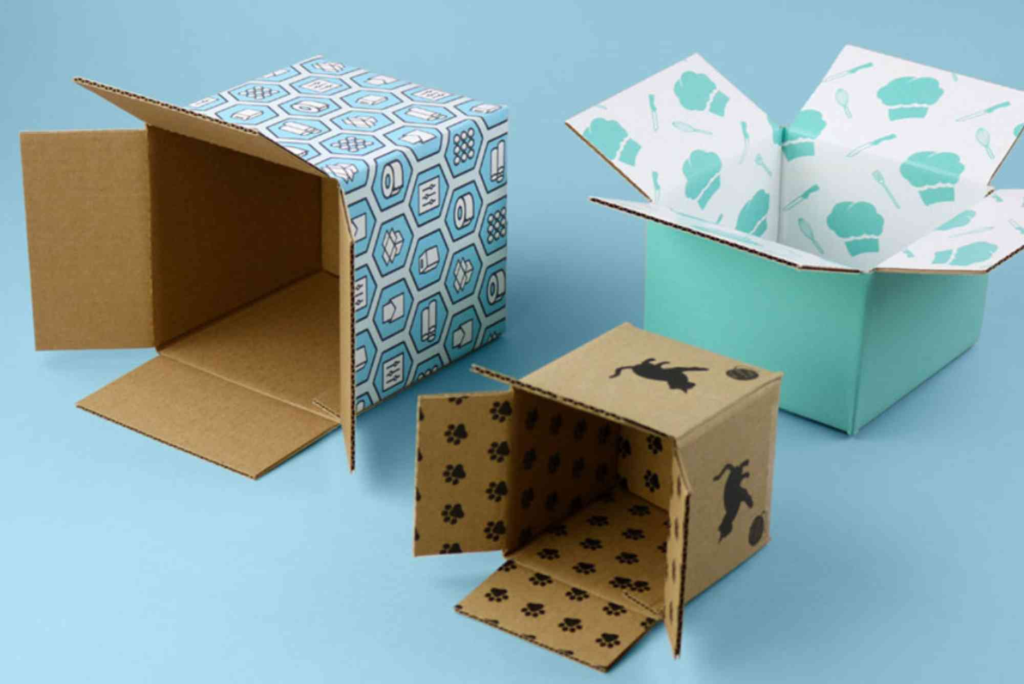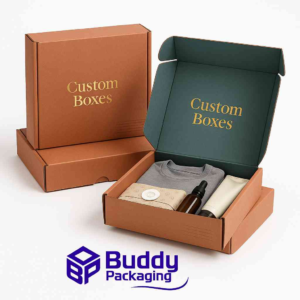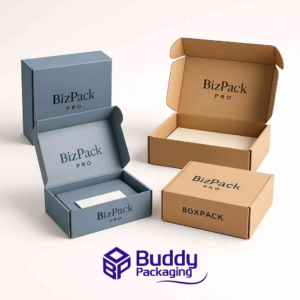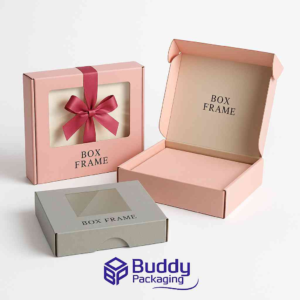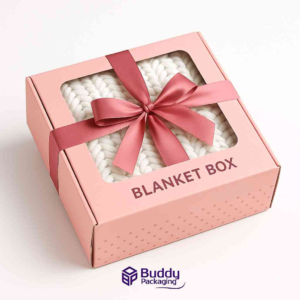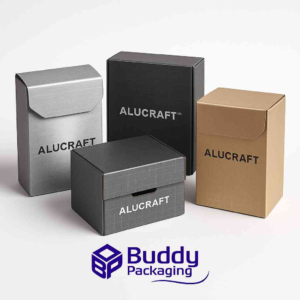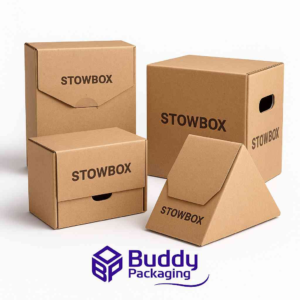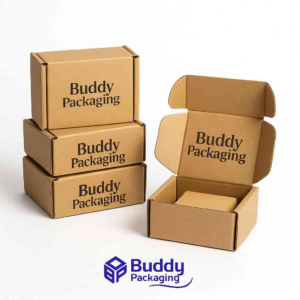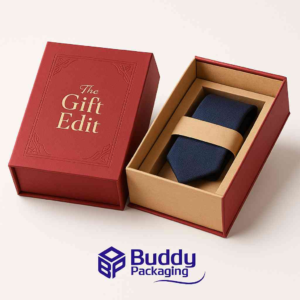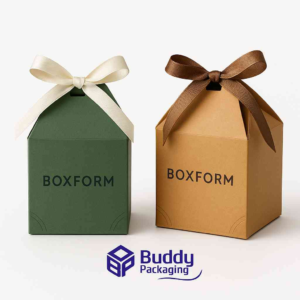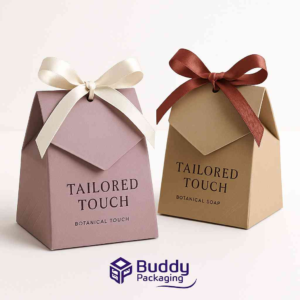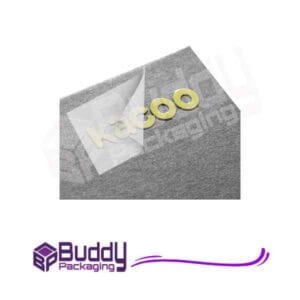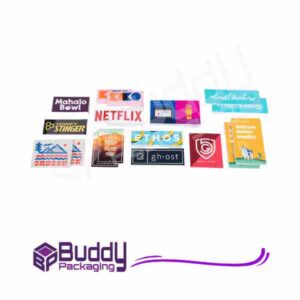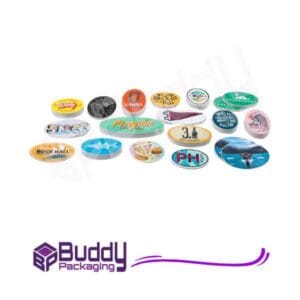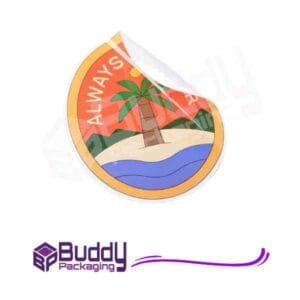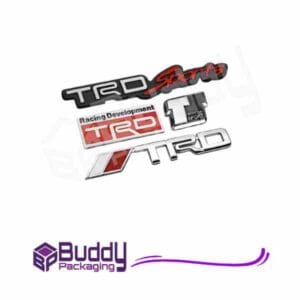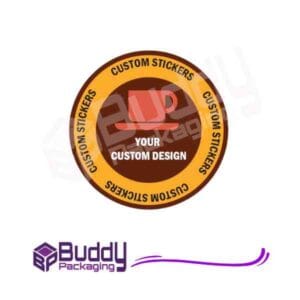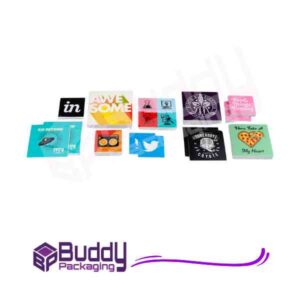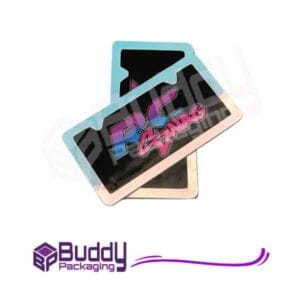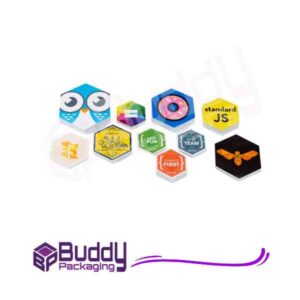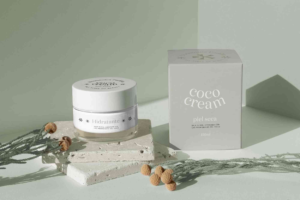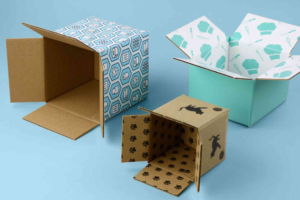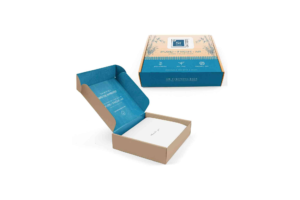Introduction
Designing your own packaging box is one of the most creative and rewarding parts of building a brand. In today’s competitive market, packaging isn’t just about protecting products—it’s about telling your brand’s story, creating an emotional connection, and influencing purchase decisions. When you create your own packaging box design, you gain full control over how your customers perceive your product from the very first glance. Whether you’re a small business owner, a creative entrepreneur, or part of a growing brand, a well-designed packaging box can elevate your brand identity, improve customer experience, and boost your sales.
The Importance of Custom Packaging in Branding
The packaging of a product is often the first physical touchpoint a customer has with your brand. It sets the tone for what’s inside and communicates your values without saying a word. When you invest the time to create your own packaging box design, you demonstrate attention to detail, creativity, and professionalism. Good packaging does more than look pretty—it serves as a silent ambassador for your brand.
A personalised design can turn even simple items into luxury experiences. For example, unboxing a product wrapped in thoughtfully designed packaging can create excitement, making customers feel valued and more likely to share their experience online. This word-of-mouth marketing is invaluable for building trust and recognition.
Understanding the Basics Before You Start
Before you start to create your own packaging box design, it’s crucial to understand the fundamentals. Packaging design is not just about choosing colours or printing logos. It’s a strategic process that combines aesthetics, functionality, and marketing psychology.
Know Your Product
The first step is understanding your product’s size, shape, and fragility. The packaging must protect it effectively while being easy to open and store. A mismatch between product and packaging can create a poor impression and even lead to product damage.
Define Your Brand Identity
Your packaging should be an extension of your brand. Consider your brand’s tone, message, and target audience. Are you aiming for a minimalist, eco-friendly look or a luxurious, high-end feel? Defining your brand identity helps ensure that every design choice aligns with your overall brand message.
Choose the Right Materials
The material of your box affects its appearance, feel, and sustainability. Common options include cardboard, corrugated board, and kraft paper. Many modern brands also focus on eco-friendly materials to appeal to environmentally conscious customers.
Steps to Create Your Own Packaging Box Design
Designing a unique and effective box involves several steps, from concept development to final production.
Research and Inspiration
Begin with research. Explore existing packaging designs in your industry, noting what works and what doesn’t. Visit sites like Creative Bloq for expert box design tips and creative inspiration. Analysing competitor designs can reveal gaps you can fill with originality and innovation.
Sketch Your Ideas
Once you have inspiration, start sketching your ideas. Rough drawings help visualise different layouts, patterns, and placements of elements like your logo and tagline. Don’t worry about perfection at this stage—focus on creativity and exploring concepts that resonate with your brand.
Select Colours and Typography
Colour psychology plays a major role in packaging design. For instance, blue evokes trust, green suggests eco-friendliness, and red grabs attention. Choose colours that reflect your brand identity and appeal to your target audience. Likewise, your typography should be legible, distinctive, and consistent with your brand style.
Add Your Branding Elements
Integrate your logo, tagline, and brand imagery into the design. These should be placed strategically to maximise visibility. A consistent layout across all your packaging types—whether boxes, labels, or inserts—helps strengthen brand recognition.
Focus on Functionality and Practicality
Your packaging must be both beautiful and functional. Consider how easy it is to assemble, open, and store. For example, magnetic closure boxes may enhance luxury products, while simple tuck-end boxes work well for daily consumer goods. A design that balances form and function adds to user satisfaction.
Mockup and Test
Before final production, create a digital or physical mockup of your box. This step allows you to test dimensions, visual appeal, and usability. Sometimes, what looks perfect on screen may appear different in real life. Testing helps identify improvements early, saving time and cost later.
Work with Professional Printers
Once you’re satisfied with your design, collaborate with reliable packaging experts like Buddy Packaging’s Custom Boxes. They can guide you through printing techniques, finishing options, and material choices that bring your design to life with precision and quality.
Key Elements of a Great Packaging Box Design
A great packaging design balances creativity and strategy. To make your box stand out, focus on the following essential elements.
Visual Appeal
The visual aspect is what initially grabs attention. A clean layout, attractive colours, and professional printing make your box instantly recognisable. Avoid clutter—simplicity often communicates confidence and quality.
Brand Storytelling
Your packaging should tell your story. Consider adding a short message, illustration, or even a QR code linking to your brand’s journey or sustainability efforts. This emotional touchpoint helps create deeper connections with customers.
Eco-Friendly Options
Sustainability is no longer optional. Many consumers prefer brands that use recyclable or biodegradable packaging. Highlighting your eco-conscious choices on the box can strengthen your brand image and attract loyal customers.
Unique Structural Design
Sometimes, the shape of your packaging can be as powerful as the graphics. A creative structural design—like drawer-style boxes, window cutouts, or embossed finishes—can make your product memorable and enhance perceived value.
Common Mistakes to Avoid
When you create your own packaging box design, some common errors can undermine your efforts. Avoid using too many colours or fonts, as they can make your packaging look unprofessional. Overcomplicating the design with excessive details or hard-to-read text can also confuse customers. Furthermore, always verify print specifications and bleed areas to avoid issues during production.
Another mistake is neglecting the unboxing experience. Remember, modern customers often share unboxing videos online. Your design should offer a satisfying and memorable moment that reflects your brand’s personality.
Packaging Design Trends to Watch
The world of packaging design is evolving rapidly. Here are some trends that can help you stay ahead.
Minimalism remains popular, focusing on simplicity and elegance. Transparent packaging and muted colour palettes highlight authenticity and sustainability. Interactive designs, such as QR codes or augmented reality elements, create engaging digital experiences. Texture-based finishes, including embossing or matte coatings, add a tactile appeal that enhances luxury perception.
How Packaging Influences Buying Decisions
Studies show that nearly 70% of consumers make purchase decisions based on packaging design alone. The right combination of visuals, materials, and messaging can trigger emotional responses that influence buying behaviour. A well-designed package not only captures attention on the shelf but also communicates quality and trustworthiness. This is why brands that create their own packaging box design often outperform those that rely on generic options.
Turn Your Vision into Reality
Creating your own packaging box design is more than a creative exercise—it’s a business strategy that shapes how customers experience your brand. From concept to production, every detail contributes to building trust, increasing brand value, and driving sales. Whether you’re launching a new product or refreshing your existing range, investing in a professional, well-thought-out design pays off in the long term.
If you’re ready to bring your packaging ideas to life, explore Custom Boxes for expert support and premium-quality solutions tailored to your brand. Start today and turn your packaging vision into reality.
Frequently Asked Questions
How do I design my own packaging box?
Start by defining your brand identity, choosing suitable materials, and sketching your ideas. Then use design software or collaborate with professionals to refine and print your design.
What software can I use to create packaging designs?
You can use tools like Adobe Illustrator, Canva, or dedicated 3D mockup tools. For professional results, working with designers experienced in packaging is highly recommended.
What should I include on my packaging box?
Include your logo, product name, brand colours, and essential information such as ingredients, usage, or instructions, depending on the product type.
Why is custom packaging important for small businesses?
Custom packaging helps small businesses stand out, strengthen their brand identity, and create memorable customer experiences that encourage repeat purchases.
Where can I find design inspiration for my packaging?
Websites like Creative Bloq offer excellent box design tips, showcasing the latest trends and creative examples to inspire your next design.
By learning how to create your own packaging box design, you unlock the power to connect with customers in a meaningful way—through creativity, quality, and a touch of personal flair that sets your brand apart.

